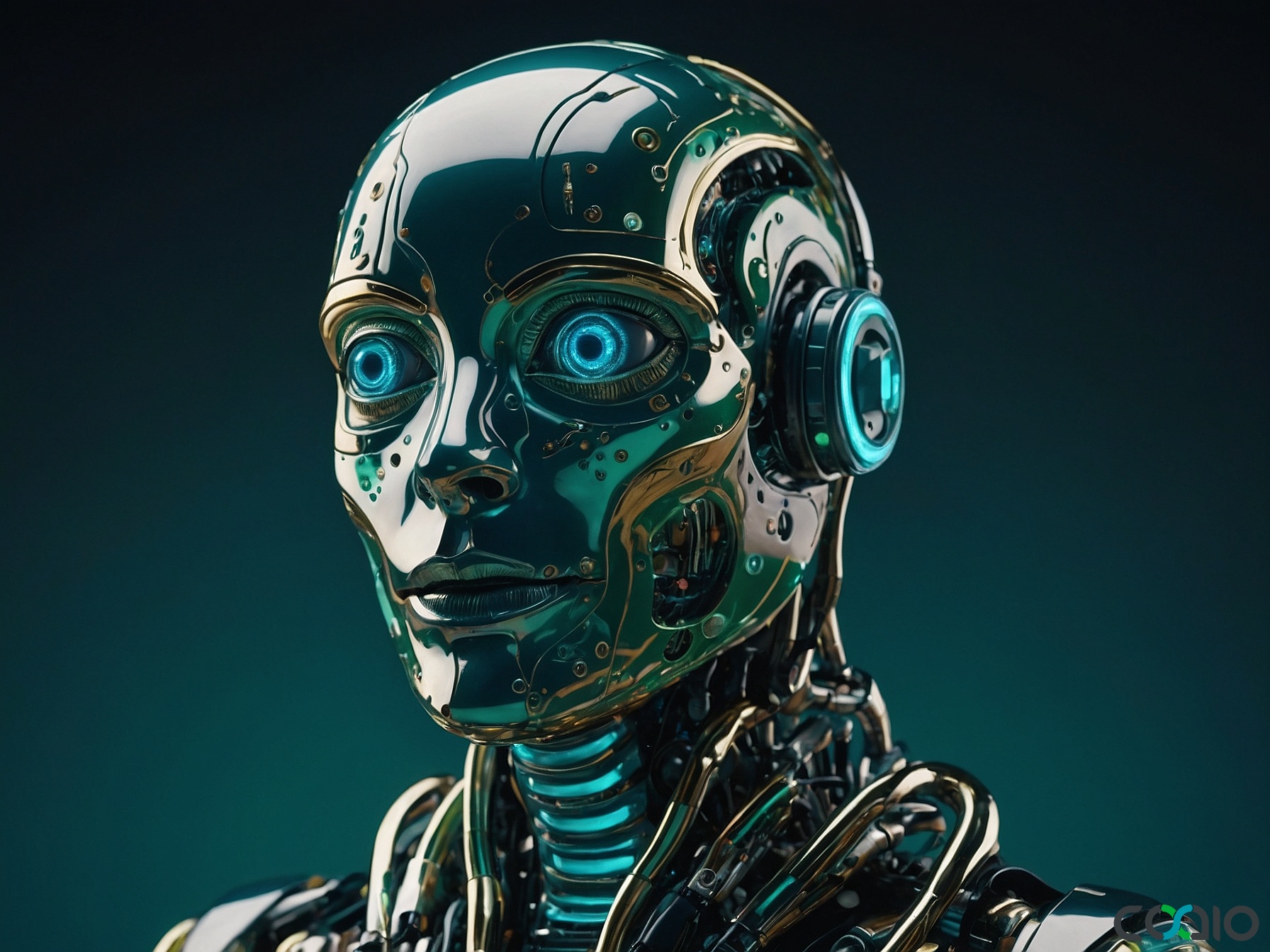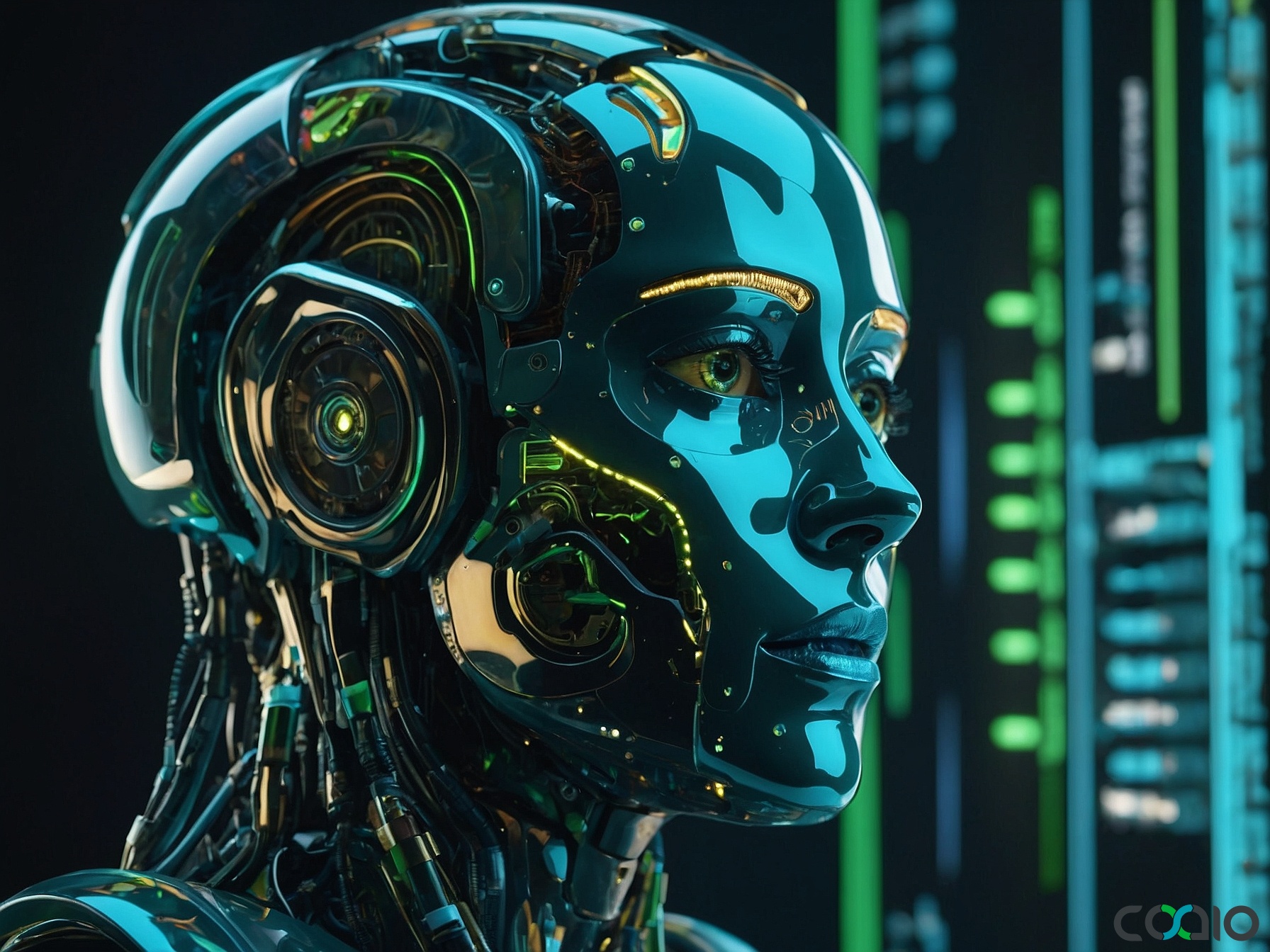
Breaking Developments in Software Innovation: AI Acquisitions, Security Threats, and VC Shifts in 2025
As of October 14, 2025, the tech landscape is buzzing with transformative news that underscores the rapid evolution of software development. From groundbreaking acquisitions aimed at enhancing AI capabilities to emerging security risks and shifts in investment strategies, these stories highlight how innovation continues to drive the industry forward. This article dives into the latest headlines, exploring their implications for developers, businesses, and the broader ecosystem. We’ll examine key events from reliable sources, providing context and analysis to help readers navigate the complexities of today’s tech world.
The Rise of AI-Driven Acquisitions in Software Development
One of the most significant stories this week comes from the world of artificial intelligence and data management. Redis, a leading in-memory data store platform, has made a bold move by acquiring Featureform, a framework designed to streamline the handling of structured data for AI applications. According to SD Times, this acquisition addresses a core challenge for developers: integrating real-time, reliable data into AI models with full observability Read more.
This deal is particularly timely as AI agents increasingly rely on more than just large language models (LLMs); they need structured data to function effectively in production environments. Developers often struggle with data pipelines that are slow or error-prone, which can delay project timelines and increase costs. By incorporating Featureform’s capabilities, Redis is positioning itself as a go-to solution for enterprises building scalable AI systems. This could revolutionize how software teams approach data orchestration, making it easier to deploy AI features without compromising on speed or accuracy.
The broader impact of this acquisition extends to the software development lifecycle. For instance, teams working on AI-powered applications can now focus more on innovation rather than wrestling with data integration issues. This trend highlights the growing demand for specialized tools that enhance efficiency, especially in an era where AI is integral to everything from customer service chatbots to predictive analytics.
Investment Trends Shaping the Software Industry
Shifting gears to the financial side of tech, Goldman Sachs’ acquisition of Industry Ventures marks a pivotal moment in venture capital dynamics. As reported by TechCrunch, this deal, valued at up to $965 million, involves Goldman Sachs paying $665 million in cash to acquire the San Francisco-based firm, which manages $7 billion in assets Read more. This move underscores the surging importance of secondary markets and alternative exits amid a sluggish traditional VC environment.
For software developers and startups, this acquisition signals a potential shift in how funding and exits are handled. Industry Ventures specializes in secondary investments, allowing investors to buy and sell stakes in private companies without waiting for an IPO or acquisition. With Goldman Sachs entering this space, it could lead to more liquidity options for software firms, enabling them to secure capital more flexibly. This is especially relevant for growth-stage companies that need to scale quickly but face challenges in traditional funding rounds.
The deal also reflects broader economic trends, such as the increasing valuation of tech assets and the need for diversified investment strategies. As software development becomes more capital-intensive—particularly with advancements in AI and cloud computing—acquisitions like this could pave the way for more innovative funding models. Developers might find new opportunities for collaboration with investment firms that understand the nuances of tech growth, potentially leading to faster prototyping and market entry.
Emerging Security Threats in Mobile Software
On a more cautionary note, recent revelations about Android vulnerabilities highlight the ongoing risks in software security. Ars Technica reported that hackers can steal two-factor authentication (2FA) codes and private messages from Android devices using a technique called “Pixnapping,” which requires no special permissions for the malicious app Read more. This attack vector exposes users to significant privacy breaches, as it allows unauthorized access to sensitive data without the need for sophisticated tools.
This development is a wake-up call for software developers and app creators, emphasizing the need for robust security measures in mobile applications. With Android’s vast user base, the implications are far-reaching, potentially affecting millions of users who rely on apps for everything from banking to social interactions. Developers must now prioritize implementing advanced encryption and monitoring protocols to mitigate such threats, which could involve rethinking how data is handled at the app level.
The “Pixnapping” issue also ties into the broader conversation about software supply chain security. As apps become more interconnected, vulnerabilities in one area can cascade into others, underscoring the importance of proactive risk assessment. This story serves as a reminder that security isn’t an afterthought—it’s a fundamental aspect of software development that can make or break user trust.
Shifts in Consumer Apps and Software Strategies
In the realm of consumer-facing software, Grindr’s potential move to go private amid financial pressures is another headline grabbing attention. TechCrunch details how the app’s majority owners are considering this step due to a stock decline that triggered a personal financial crisis Read more. This decision reflects the challenges many tech companies face in public markets, where volatile stock prices can force strategic pivots.
For software developers in the app space, this saga illustrates the interplay between market forces and product development. Grindr, a pioneer in LGBTQ+ dating apps, has to balance user growth with financial stability, which might involve restructuring operations or seeking private funding to innovate without the scrutiny of public investors. This could inspire similar apps to explore alternative business models, such as subscription services or data-driven monetization, to sustain long-term viability.
Meanwhile, the wearable tech sector is seeing its own evolution, as evidenced by Oura’s strategic focus on new demographics. According to TechCrunch, Oura is prioritizing its core users, particularly young women, even as it loses ground with traditional fitness enthusiasts Read more. This shift highlights how software updates and marketing strategies can redefine a product’s market position, with Oura emphasizing features like health tracking and wellness insights to appeal to a broader audience.
These stories collectively paint a picture of an industry in flux, where adaptability is key. Developers must navigate economic pressures, user preferences, and technological advancements to stay relevant.
As we wrap up this overview of today’s tech news, it’s inspiring to think about entities that are dedicated to making software development more accessible and efficient. Imagine a world where innovative ideas can flourish without the burdens of complex team-building and resource management. That’s the essence of a forward-thinking approach: providing tools and support that let creators focus on their visions, turning bold concepts into reality with minimal hurdles and maximum impact.
About Coaio
Coaio Limited is a Hong Kong-based tech firm that specializes in outsourcing software development and assembling expert teams in Vietnam. We offer comprehensive services including business analysis, competitor research, risk identification, design, development, and project management, delivering cost-effective, high-quality software solutions tailored for startups and growth-stage companies, particularly those in the US and Hong Kong markets. By partnering with us, you can streamline your tech projects, reduce risks, and create user-friendly designs that bring your ideas to life, allowing you to concentrate on what matters most—your vision and growth.
 English
English
 Français
Français
 Español
Español
 廣東話
廣東話
 中文
中文
 日本語
日本語
 한국어
한국어
 العربية
العربية
 Deutsch
Deutsch

